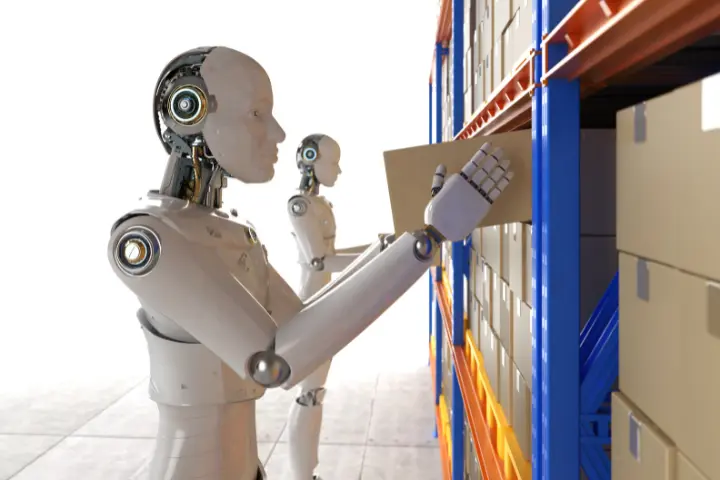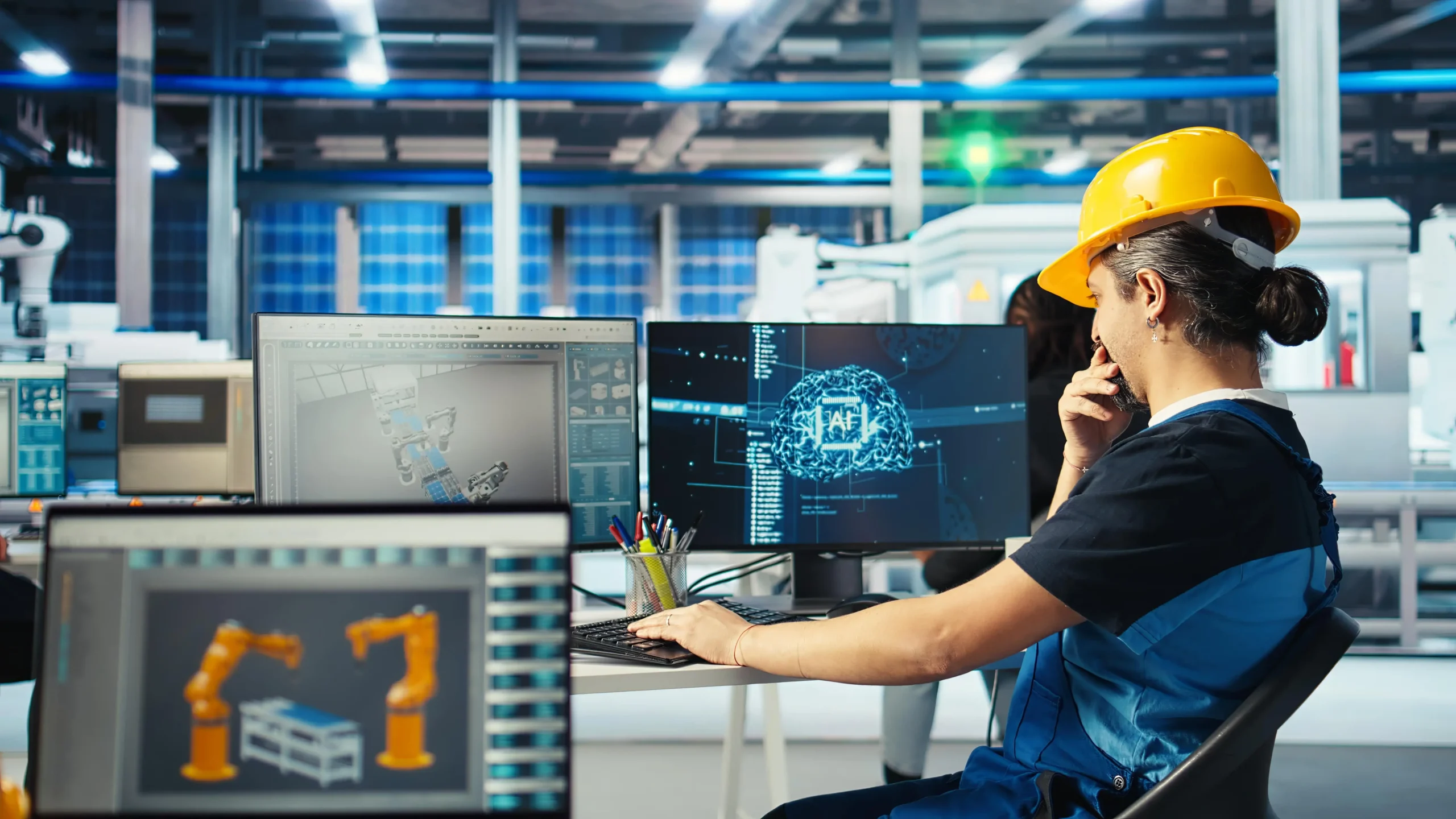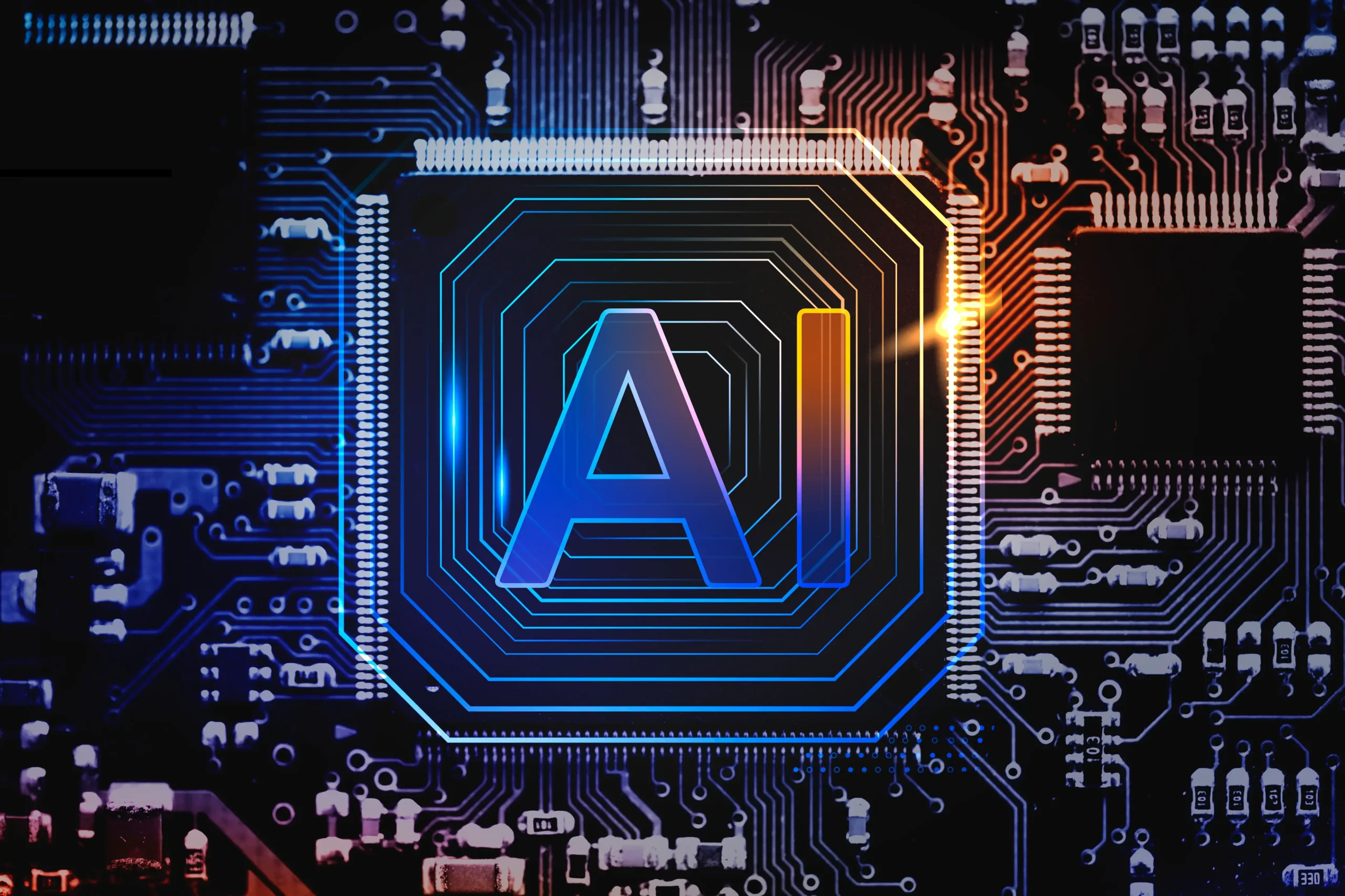Understanding the Intersection of AI, Automation, and Logistics
It’s 2025, and a small logistics firm once struggling with manual processes is now a market leader, delivering goods faster, cheaper, and more reliably than ever. The secret? They embraced AI and automation when others hesitated.
In the world of logistics, the rules are being rewritten. Trucks drive themselves, warehouses think for themselves, and real-time data decides everything—from the best delivery route to the ideal stock level. These innovations are not just futuristic concepts; they’re transforming businesses right now.
If you’ve ever wondered how some companies seem to stay ahead while others fall behind, the answer lies in leveraging cutting-edge technology. AI and automation aren’t just tools—they’re the competitive edge that propels businesses into the future.
This isn’t just about technology; it’s about survival and growth in an era where speed, precision, and innovation reign supreme. Are you ready to rethink your logistics game? Let’s explore how AI and automation can revolutionise your operations.
Avail a FREE Discovery Call booking with our expert. Limited Time Offer
Schedule a Meeting to Start your Digital Transformation Journey!

The Benefits of Integrating AI and Automation into Logistics Operations
1. Efficiency Improvements
AI-driven route optimisation has reduced delivery times by up to 20% in real-world applications. Warehouse robotics enhance picking and packing speeds, while automated scheduling ensures that every resource is utilised to its full potential.
UPS’s ORION system leverages AI to optimise delivery routes, saving the company over $400 million annually by reducing fuel consumption and improving delivery times.
DHL’s implementation of autonomous mobile robots (AMRs) in their warehouses has increased operational efficiency by 30%. Their AI-driven systems ensure faster sorting and reduced error rates, improving customer satisfaction.
2. Cost Reduction Strategies
Automation drastically reduces labor costs in repetitive and time-intensive tasks. For example, Amazon’s automated fulfillment centers save millions annually by integrating robots into their operations. Predictive maintenance powered by AI can reduce equipment downtime by 30%, leading to significant savings.
3. Enhanced Accuracy
Machine learning algorithms excel at detecting patterns and anomalies, reducing inventory discrepancies and minimising human error. This leads to more accurate demand forecasting and optimised stock levels, directly impacting profitability.
4. Real-Time Data Analysis
Real-time tracking and analytics are revolutionising logistics by providing actionable insights that empower businesses to make informed decisions. Logistics managers can monitor shipments, identify bottlenecks, and adjust strategies instantaneously, ensuring seamless operations.
A prime example of this innovation is FedEx’s Surround Monitoring and Intervention Solution. Designed to enhance global supply chain visibility, this advanced tool offers live updates and intervention capabilities, ensuring that disruptions are addressed proactively. Such solutions underline the critical role of real-time data in reducing risks and maintaining supply chain reliability.
Challenges and Solutions: Navigating the Path to AI Adoption
1. High Initial Investments
Challenge: Adopting AI and automation can be expensive, especially for SMBs.
Solution:
- Start small with pilot projects in specific areas.
- Leverage government subsidies and cloud-based AI solutions to reduce costs.
2. Workforce Adaptation
Challenge: Employees may lack the technical skills to operate AI-powered tools.
Solution:
- Offer comprehensive training programs and e-learning platforms.
- Communicate benefits transparently and involve employees in decision-making processes.
3. Cybersecurity Concerns
Challenge: Increased interconnectivity exposes operations to cyber risks.
Solution:
- Deploy advanced threat detection systems and train employees in cybersecurity best practices.
- Maintain secure backup systems to ensure data integrity.
4. Operational Downtime
Challenge: Transitioning to new systems can disrupt operations.
Solution:
- Conduct parallel testing before full-scale implementation.
- Schedule upgrades during off-peak periods and partner with vendors offering 24/7 support.

The Future Outlook: Trends to Watch for AI and Automation in Logistics
1. Hyper-Personalisation through AI
Advanced AI systems are enabling hyper-personalisation in logistics. Tailored delivery schedules, custom packaging solutions, and predictive shipping preferences are driven by machine learning. A McKinsey report suggests that personalisation could deliver an economic impact of $1.7 trillion by 2030 across sectors, including logistics.
2. AI-Powered Sustainability Innovations
AI optimization reduces fuel consumption by up to 15% and minimises waste in supply chains, aligning with global sustainability goals. Companies like DHL are leading the way with their ambitious sustainability initiative, launched in 2024, to reduce their carbon footprint by 50% by 2030. This included investing in electric vehicles and renewable energy sources for warehouses. By implementing smart energy management systems, DHL reported a 30% increase in energy efficiency across its operations. Such efforts attract environmentally conscious clients and showcase how AI can drive sustainability in logistics.
3. Integration of 5G and IoT
The roll-out of 5G networks combined with IoT devices is set to enhance real-time tracking, predictive maintenance, and automated operations. According to Gartner, by 2025, over 75 billion IoT devices will be connected globally, revolutionising logistics.
4. Blockchain-Backed Transparency
The marriage of AI and blockchain ensures tamper-proof, transparent supply chains. By 2030, blockchain in logistics is expected to reach a market size of $3.2 billion, supporting fraud prevention and efficient customs clearance.
5. Automation in Cross-Border Logistics
Automated customs processing powered by AI algorithms simplifies international trade. For instance, the World Economic Forum estimates that AI-enabled trade facilitation could boost global GDP by $1 trillion annually.
6. Last-Mile Delivery Evolution
Autonomous drones and robots are redefining last-mile delivery. The global last-mile delivery market is expected to grow at a CAGR of 10.3% from 2022 to 2030, driven by these innovations.

7. AI-Driven Predictive Analytics for Risk Management
With climate change and geopolitical risks rising, AI forecasts disruptions and reroutes shipments proactively. UPS, for example, leveraged AI for predictive maintenance in 2024, reducing vehicle downtime by 30%. Machine learning models analysed performance data to predict potential failures, ensuring timely maintenance and operational reliability. Such predictive analytics solutions are essential for minimising supply chain risks and disruptions.
8. Reskilling the Workforce for AI
Companies are focusing on reskilling employees for AI-powered tools. A PwC study indicates that 40% of workers will need reskilling to keep up with automation trends by 2030.
Conclusion
Finally, AI and automation are critical for survival and growth in logistics in this era. From streamlining operations to enabling hyper-personalised customer experiences, these technologies are revolutionising every aspect of the supply chain.
At Performix, we don’t just offer solutions—we provide transformative tools to reshape your logistics strategy.
With a focus on small and medium-sized businesses (SMBs) and startups, our AI-powered logistics solutions are designed to be accessible, scalable, and impactful. Operating under the “AI for Every Business” theme, we deliver cost-effective systems that seamlessly integrate AI, blockchain, and automation to elevate efficiency, enhance transparency, and ensure operational excellence.
Our AI-blockchain merged solutions set new standards in security, accuracy, and traceability, paving the way for businesses to thrive in a highly competitive industry.
Are you ready to take charge of logistics innovation?
Contact us at ai@performixbiz.com and let’s build a future-ready logistics strategy—together.






